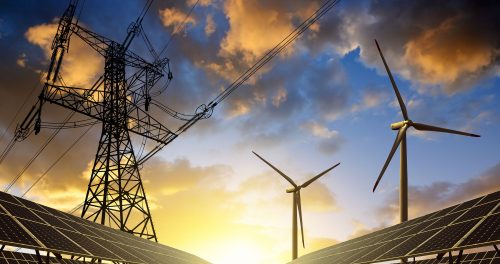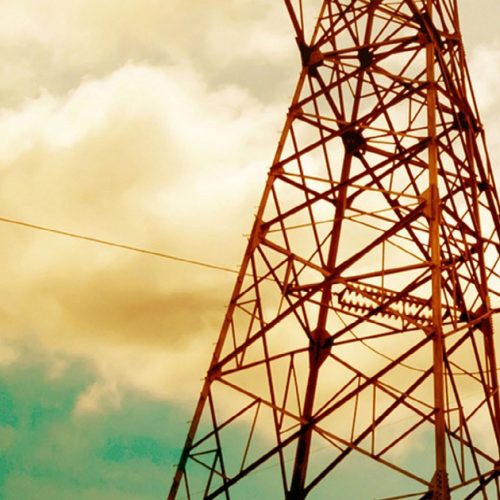
Electricity

The Economics of Grid Defection
What happens when solar and batteries join forces? Together they can make the electric grid optional for many customers—without compromising reliability and increasingly at prices cheaper than utility retail electricity.

Advancing Military Microgrids
The U.S. Navy is leading the way in the technical and economic testing and validation of microgrid technology as it looks for new ways to bolster the energy security on Naval bases. Much of the Navy’s leadership in this area will emanate from demonstrations happening on its U.S. bases located…

Reducing Solar PV Soft Cost: Focus on Installation Labor
Distributed solar energy is a key enabler of the affordable, resilient, secure, and low-carbon electricity future Rocky Mountain Institute (RMI) advocates in Reinventing Fire. However, in order for distributed solar to play its role, a number of changes must transpire. The most pressing of these changes is for solar costs…

Superefficient Affordable Housing: Solutions to Hurdles
This paper describes the programmatic, financial, technical, and operational hurdles that stand in the way of increased energy efficiency in our affordable housing stock. It then explains possible solutions to each of these hurdles. Through the propagation of these solutions and the diminishment of these hurdles, it is possible to…

New Business Models for the Distribution Edge (eLab New Business Models Report)
This e-Lab discussion paper was prepared to support e-Lab deliberations and discussions and to engender a broader industry-wide dialogue about new approaches to the utility business model ecosystem at the distribution edge.This paper describes 1) how and why the forces changing the electricity system challenge existing pricing and business models,…
